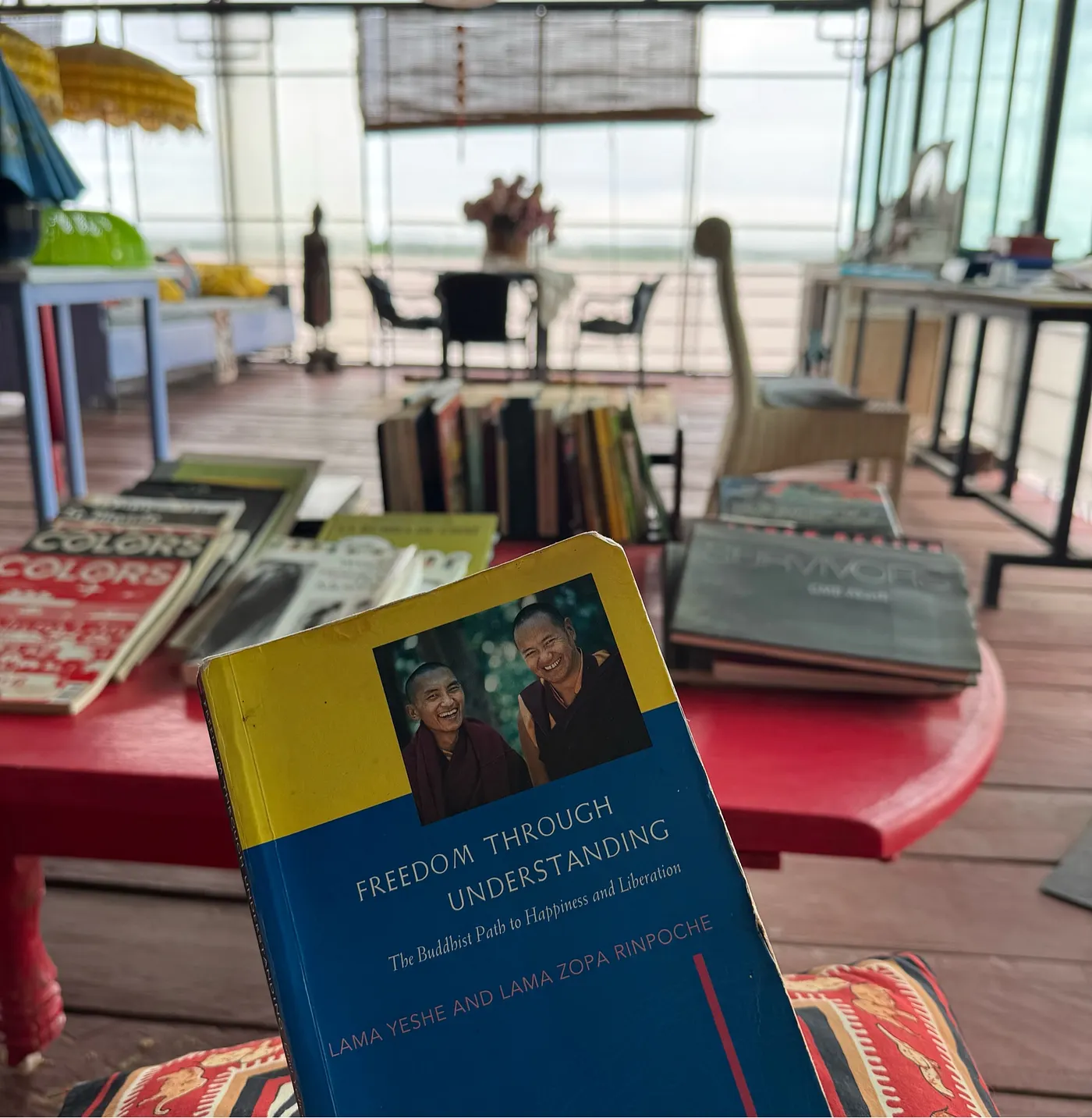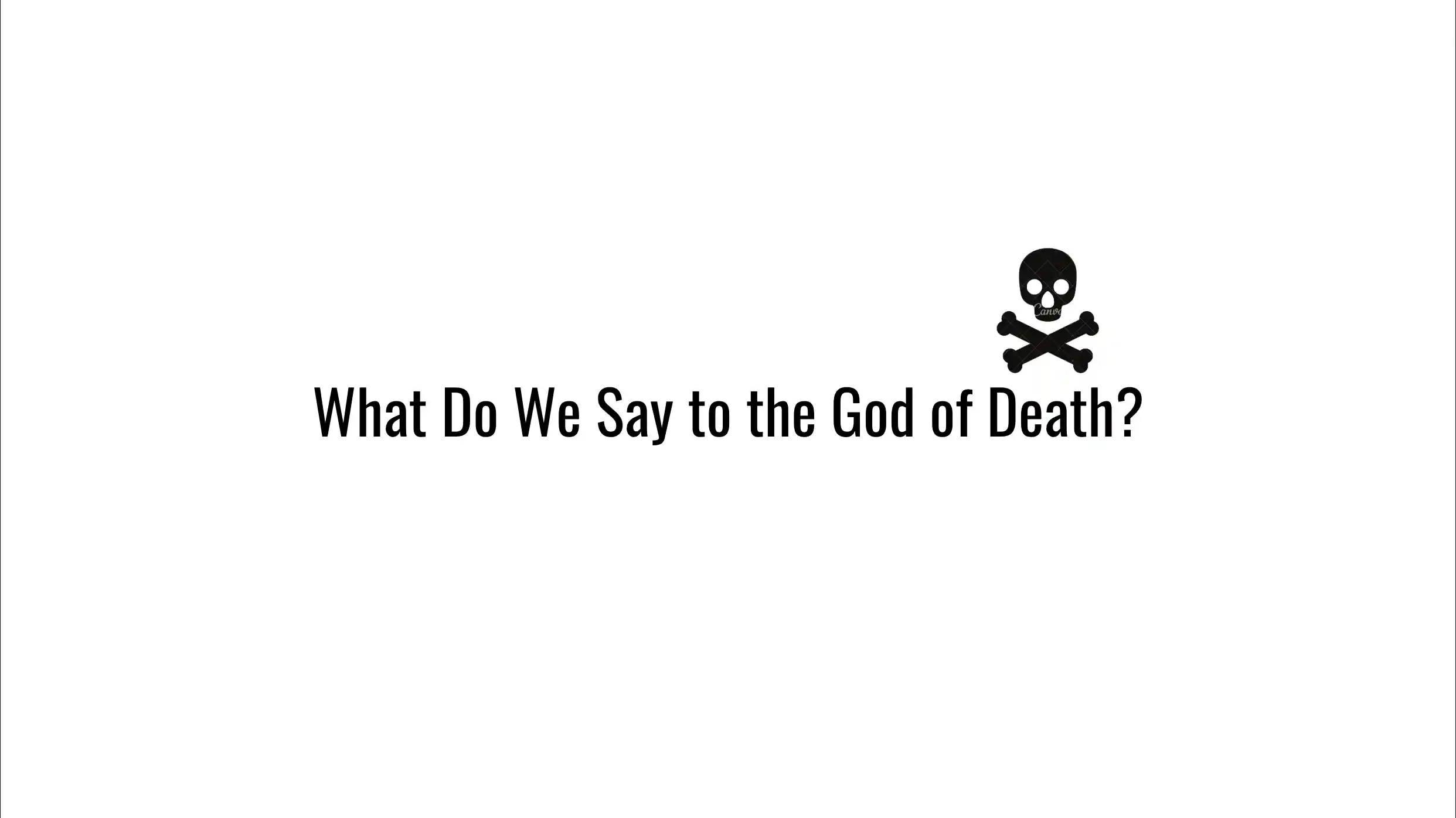The sun was setting over the water as I sat with a book in my hands. The ripples on the surface caught the last light of day, and I found myself reading words that felt both unsettling and liberating. The chapter was titled “Giving and Taking on the Breath,” a teaching on Tonglen meditation from the Tibetan Buddhist tradition, passed down through masters like Lama Yeshe and Lama Zopa Rinpoche.
The practice was simple in description, radical in spirit: breathe in suffering, breathe out compassion.
A Meditation That Turns the Mind Upside Down
In most meditation practices, we breathe in peace and exhale tension. But Tonglen asks us to do the opposite.
As I read, the instructions became clear:
- Exhale through the right nostril: send out all your goodness, your joy, your wisdom, your positive energy – visualized as radiant white light. It flows into others’ hearts, bringing them relief and happiness.
- Inhale through the left nostril: take in others’ pain, sickness, and suffering – imagined as dark smoke. Let it enter your heart, where it collides with your ego and self-attachment.
Immediately, I noticed my resistance. The ego doesn’t want to do this. It craves comfort, not suffering. It clings to the thought: “I want happiness only for myself.” Reading this by the water, I could almost feel that inner recoil.
And yet, that recoil is exactly the point. Tonglen is a practice of dismantling self-cherishing, the root of so much discontent.
Why It Matters
The lamas remind us: for countless lifetimes, we’ve tried to avoid suffering and grasp at pleasure. But the more we chase self-centered happiness, the more we reinforce dissatisfaction.
Tonglen flips the script. Instead of running away from pain, we turn toward it. Instead of hoarding goodness, we give it away. The ego panics, but the heart opens.
Practicing in Daily Life
Tonglen isn’t limited to the meditation cushion. It can happen anytime:
- When you see someone suffering, breathe in their pain as black smoke.
- Breathe out white light – your love, peace, and compassion – into their heart.
- Visualize their burden lifting, their suffering eased.
Even with our closest friends and loved ones, we often protect ourselves first. “Better them than me,” whispers the ego. Tonglen retrains this instinct, helping us choose compassion over self-interest.
The Deeper Liberation
According to Lama Yeshe, Tibetan lamas repeat this practice twenty-one times, watching how their ego reacts each round. With patience, the grasping mind softens, and compassion becomes more natural.
Ultimately, Tonglen isn’t only about helping others – it’s about freeing ourselves. As we let go of self-cherishing, we discover a deeper happiness, a joy untouched by ego. In that release lies the path to liberation, inner freedom, and awakening.
As the sun dipped below the horizon, I closed the book and sat quietly. The waves kept rolling, steady and unhurried. I thought about the courage it takes to breathe in the world’s pain, and the generosity it takes to breathe out our own goodness.
Tonglen, I realized, isn’t about escaping suffering. It’s about transforming it – into compassion, into connection, into freedom.
✨ What if the next time you breathe, you don’t just breathe for yourself? What if you breathe for the whole world?




